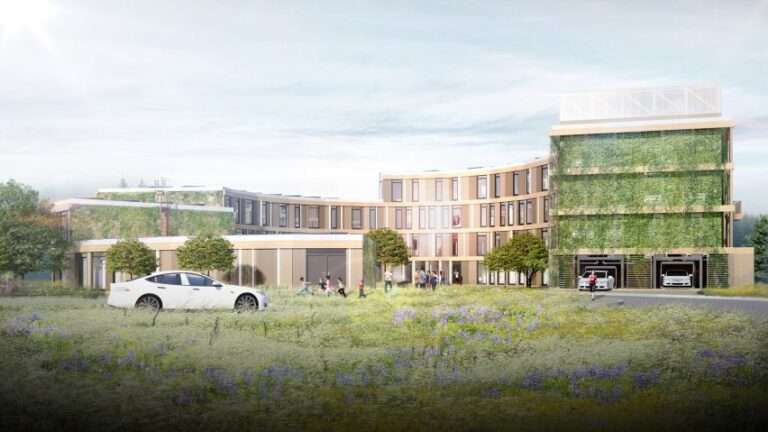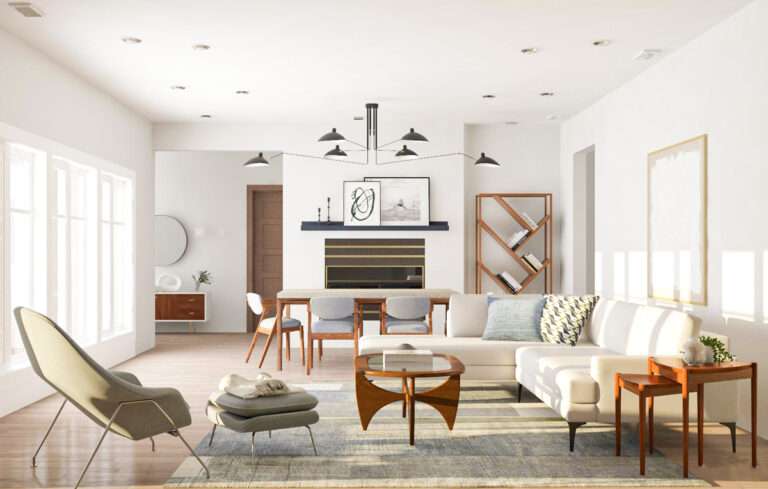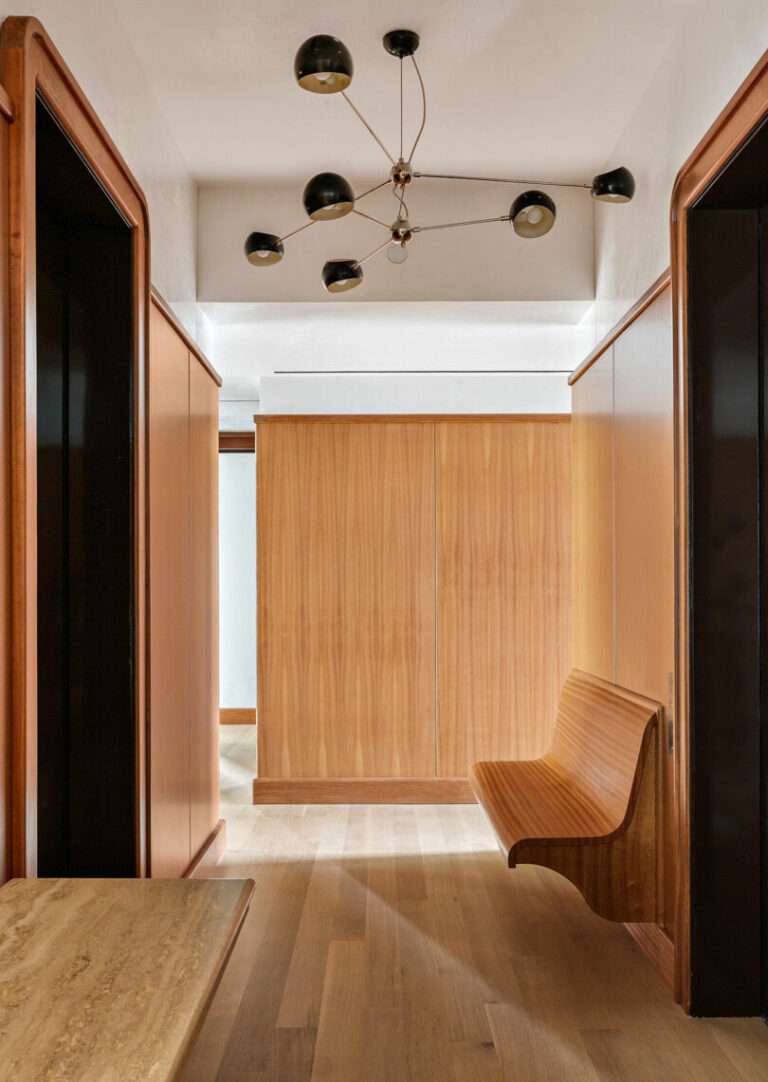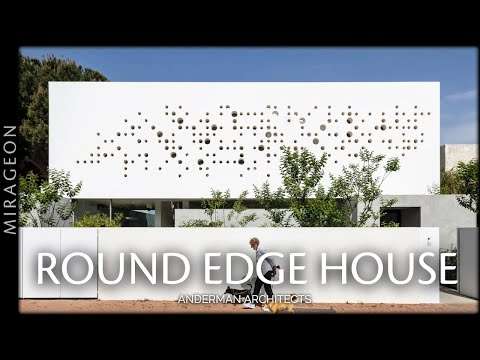Beyond the utility of shelter, home serves as a backdrop for life while providing a safe place to collect memories, many of which are often stored in the house’s quirks and expressed through interior design. SkB Architects embraces this notion of immersion into memory with their solution for a San Francisco Residence that seamlessly stitches global inspirations into a storied structure with a through-line of California cool.
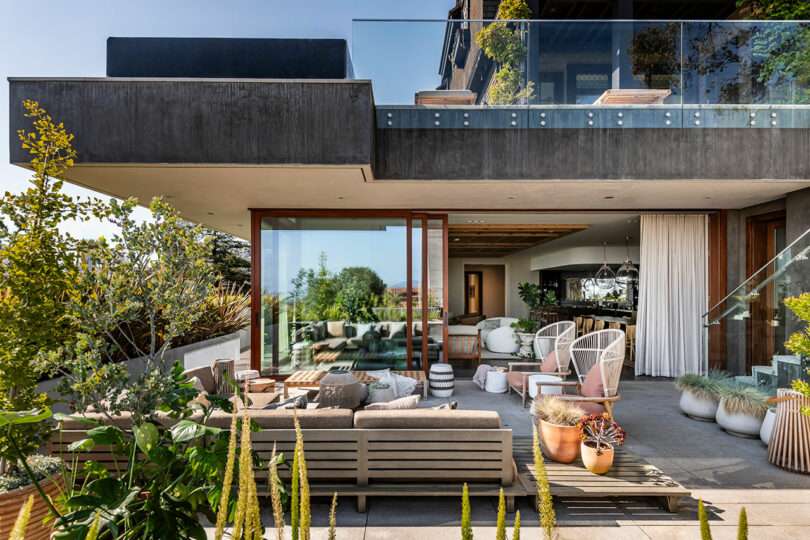
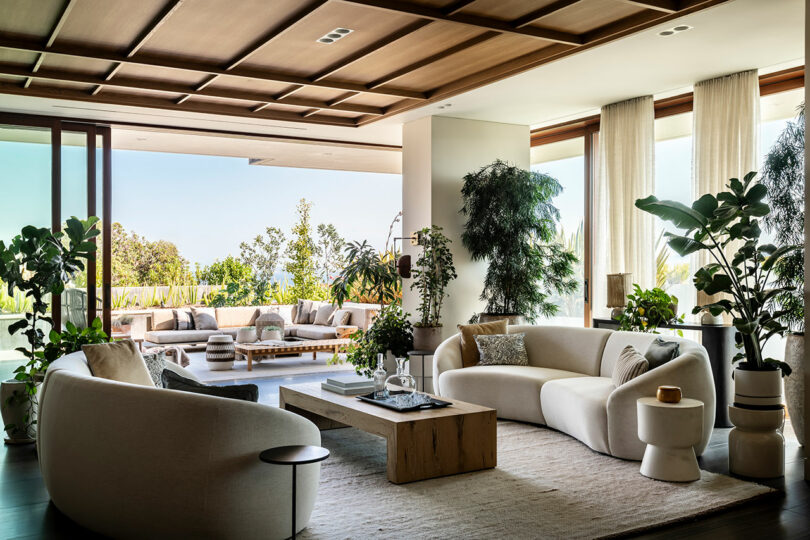
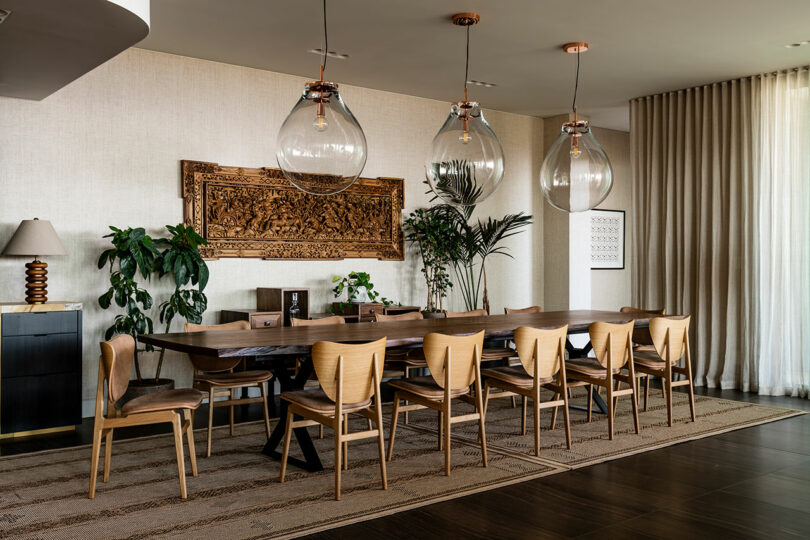
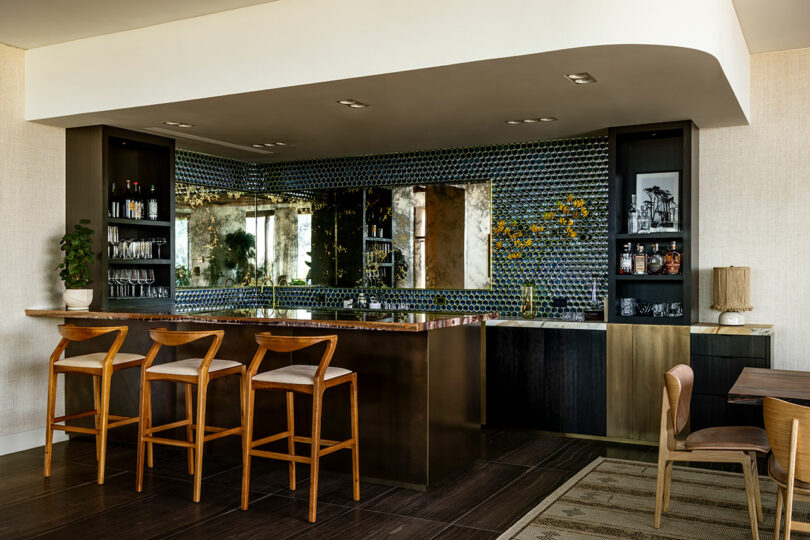
Originally built in 1907, the architecture echoed a material ethos typical of the Bay Area from the past, which harkened to vibrant red forests through unpainted, brown wood tiles. But its expansive fenestration and under-appreciated, traditional floor plan had been muddied by haphazard interventions throughout its time. “The location and historical nature of the home were appealing to us,” says Shannon Gaffney, Architect and Founding Partner of SkB Architects. “A home rejuvenation was necessary to infuse new life, as prior renovations aimed for a ‘modern’ interior, ultimately rendering the dwelling sleek yet devoid of soul.”
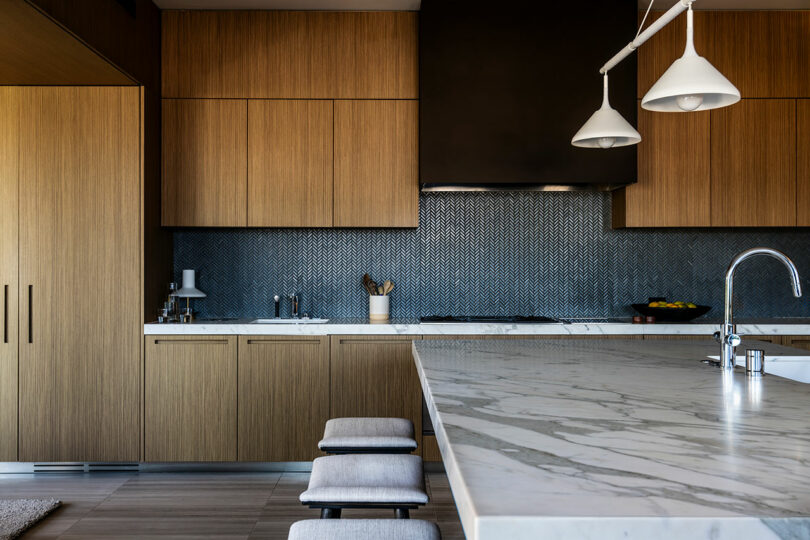
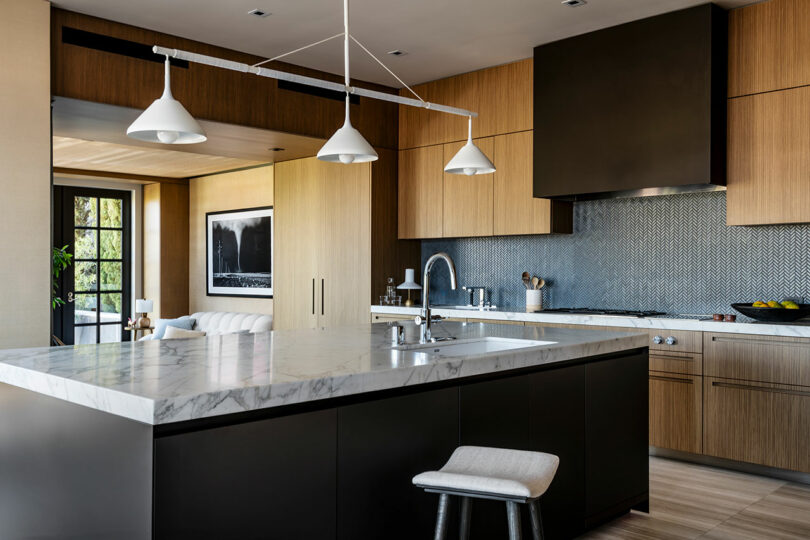
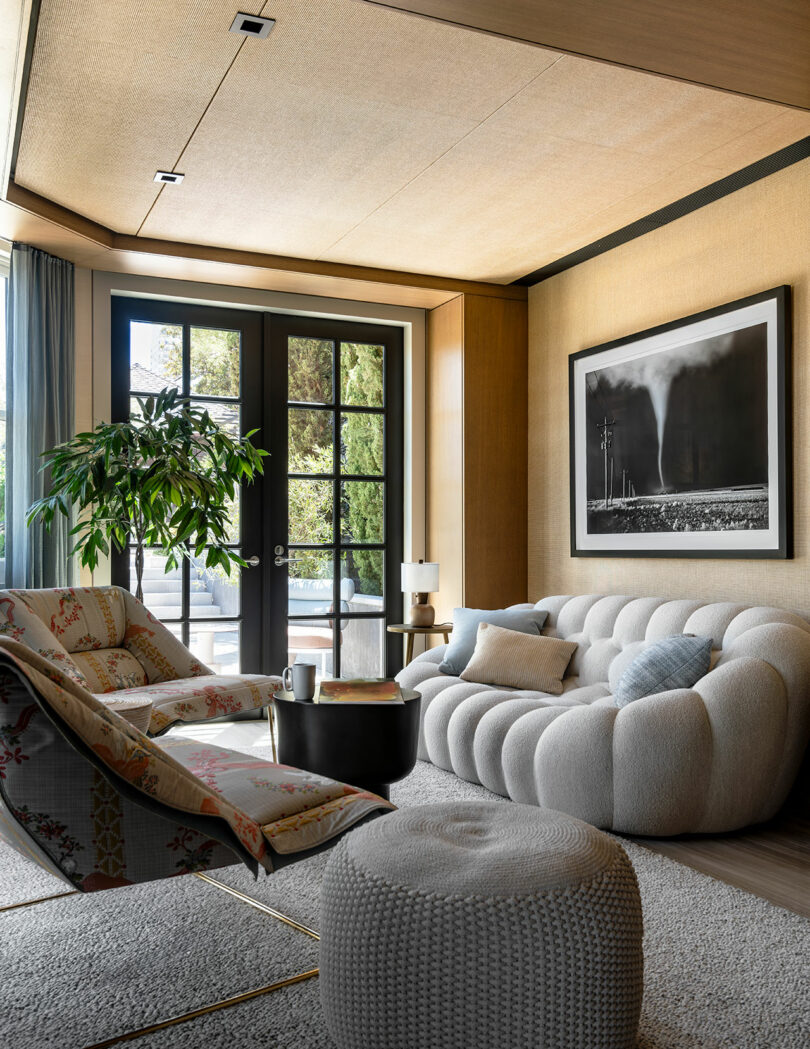
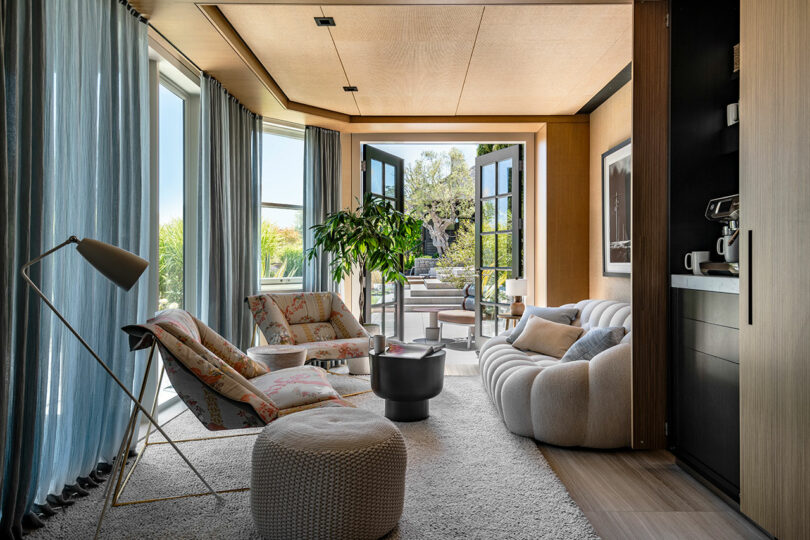
The thoughtfully updated home boasts an 8,500-square-foot main house comprising four bedrooms, a primary living space, kitchen, breakfast nook, den, office, outdoor dining area, and bathing spaces, as well as another 1,000-square-foot cottage. The existing architecture maximizes expansive vistas to connect the indoors and outdoors while each room emanates a distinct getaway capturing the essence of places from the family’s decorated passports. Depending on where guests venture, spatial experiences vary from the serenity of Bali, the tranquility of Thailand, or the chicness of a California bar. Each vignette, so to speak, fosters a sense of connection and cultivates coziness despite the incredible scale of the footprint overall.
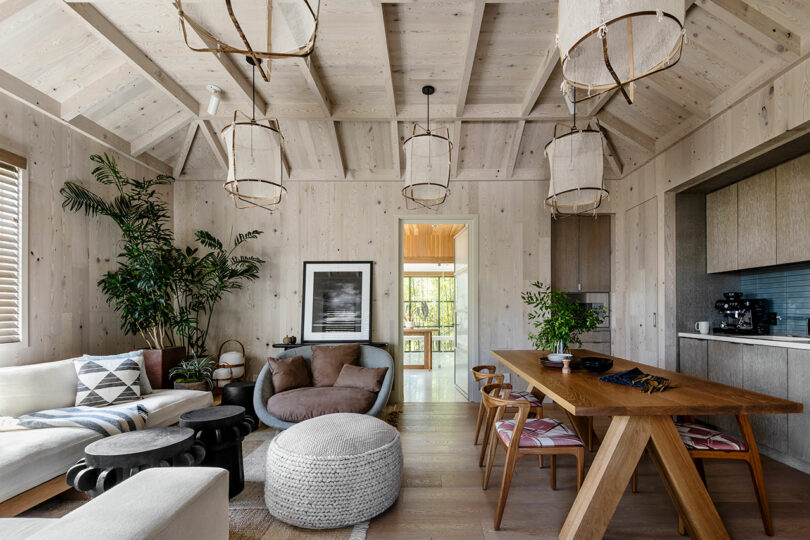
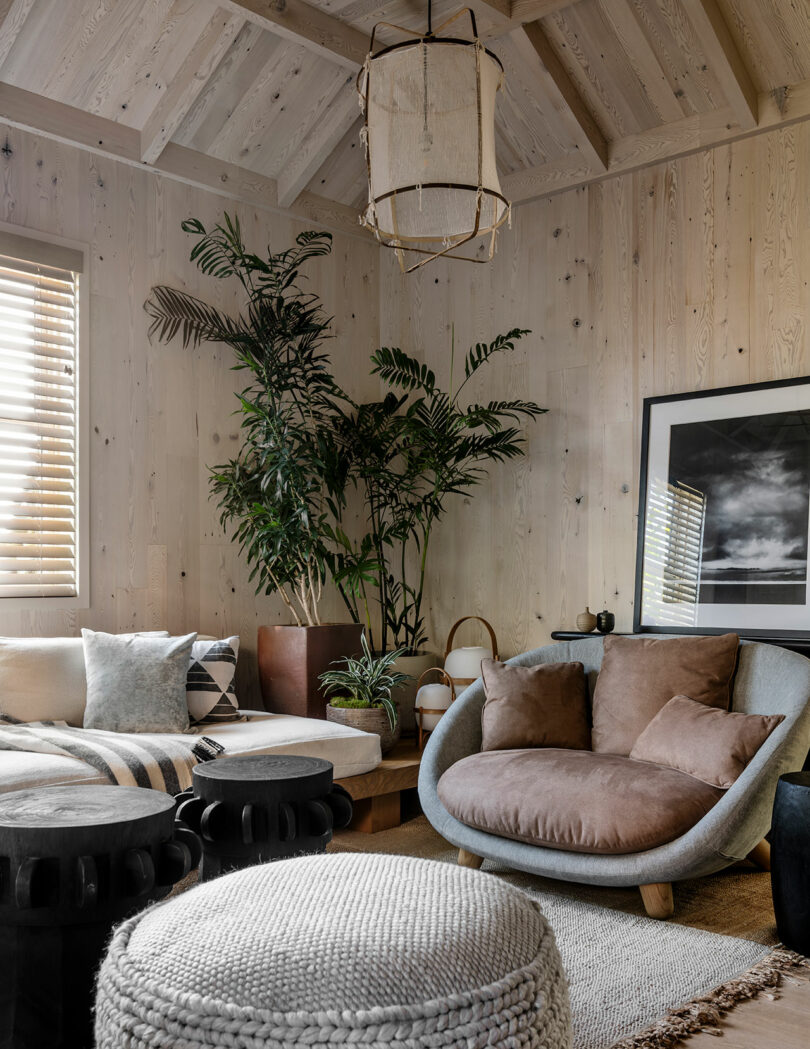
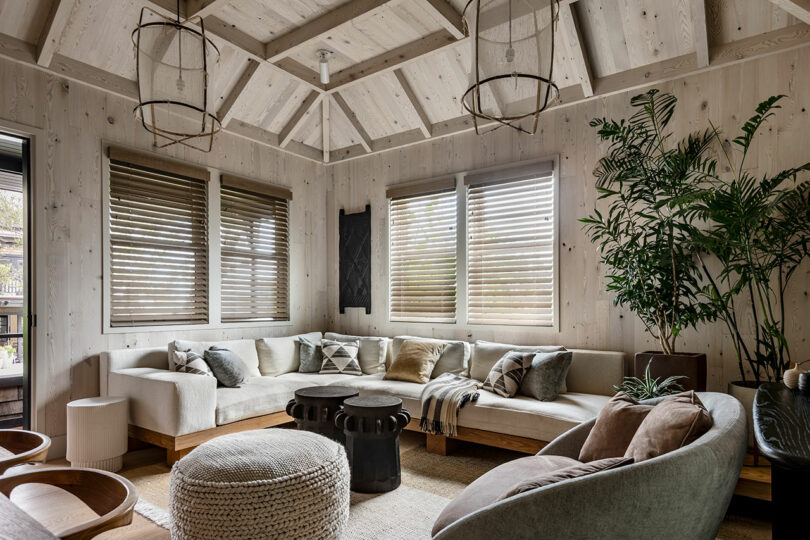
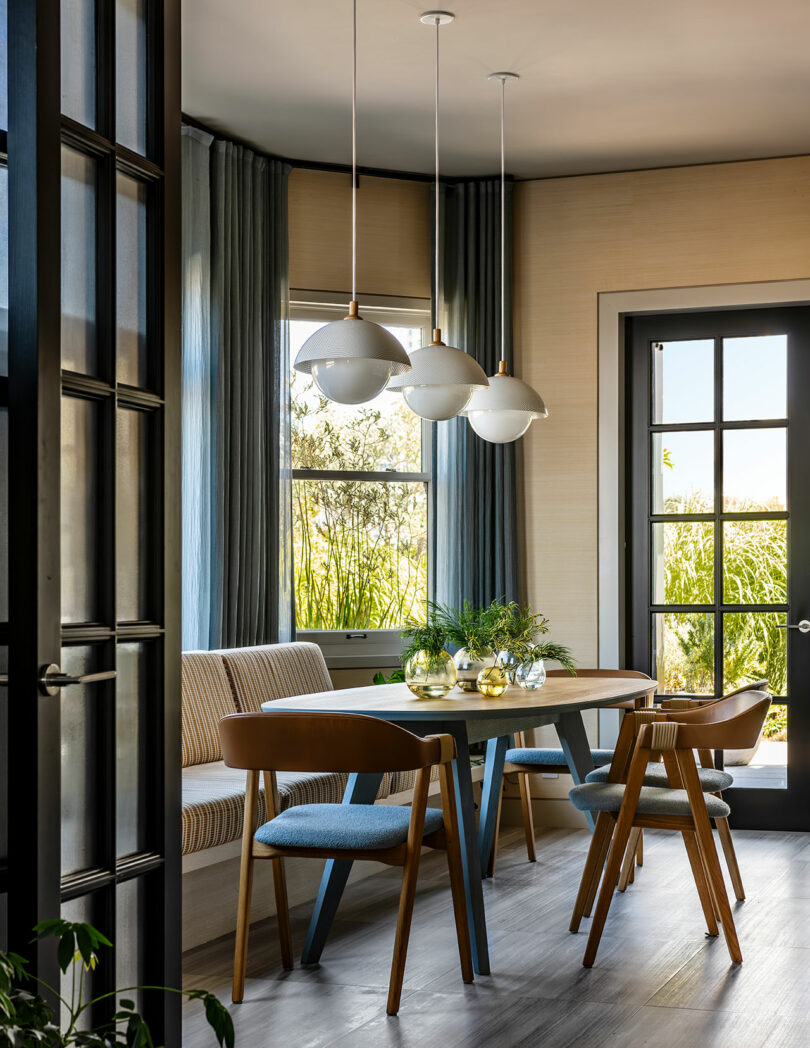
The contemporized structure integrates moderate to robust casework, task and ambient lighting, and new furniture, to accommodate a variety of lifestyle needs from work to play. Walls awash in sun-kissed hues contribute to an interplay of material finishes and nuanced cool-to-warm wood tones from the primary dwelling to the cottage – one lighthearted while the other moody. “We kept an existing limestone polished floor but worked to warm it up, boosting and highlighting some of the cool quirks and characteristics of the old home,” Gaffney adds. “Things like the diamond-shaped divided light windows with leaded glass were exaggerated features that paired well with varying woods, some sunny and refined, others more rustic.” The solution also bucks trends that often embrace the openness with reckless abandon, and to the architecture’s detriment. “We preserved the intimacy of each space by retaining all walls, allowing for the creation of unique charm and personality in every corner. By leaving the individual rooms as they were, rather than following the current trend of open floor plans, we were able to craft an intriguing sequence of rooms.”
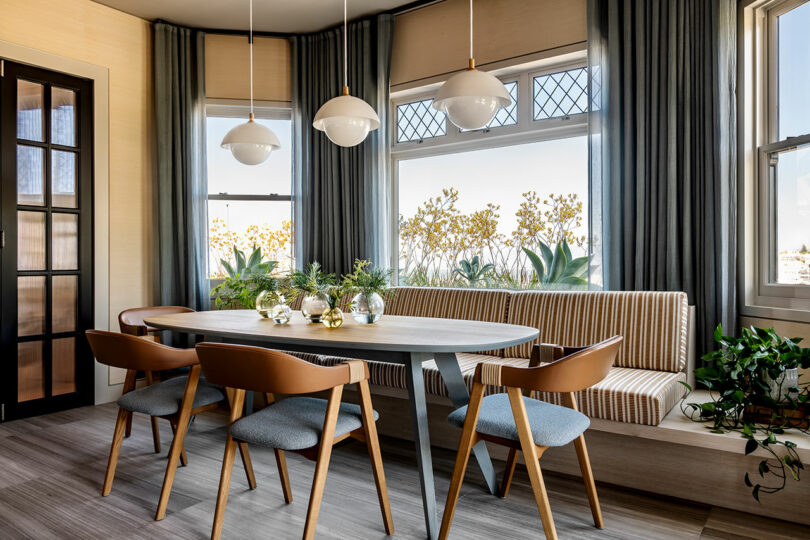
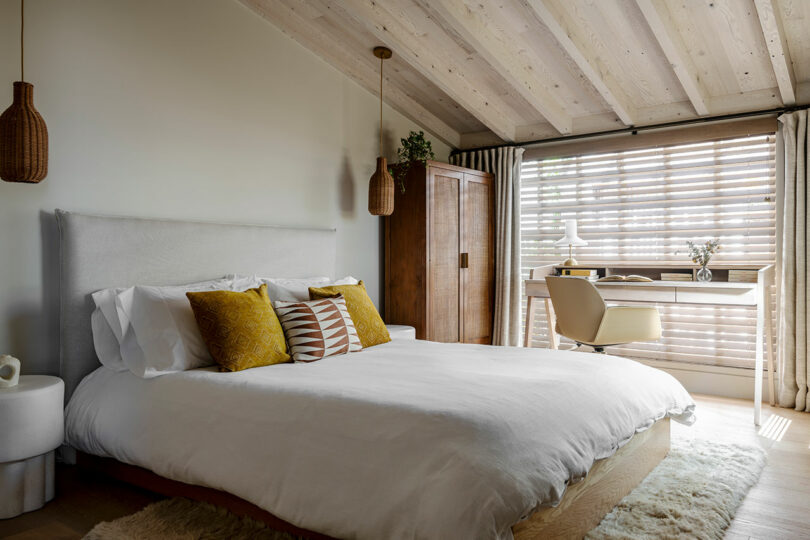
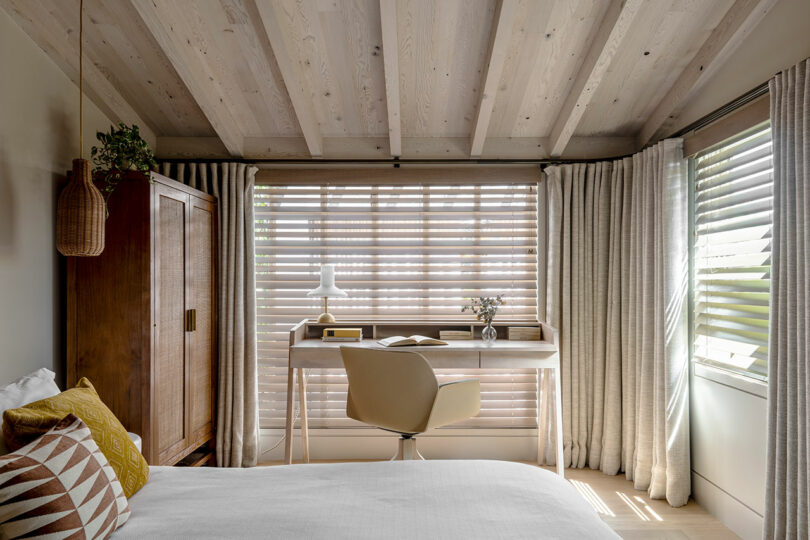
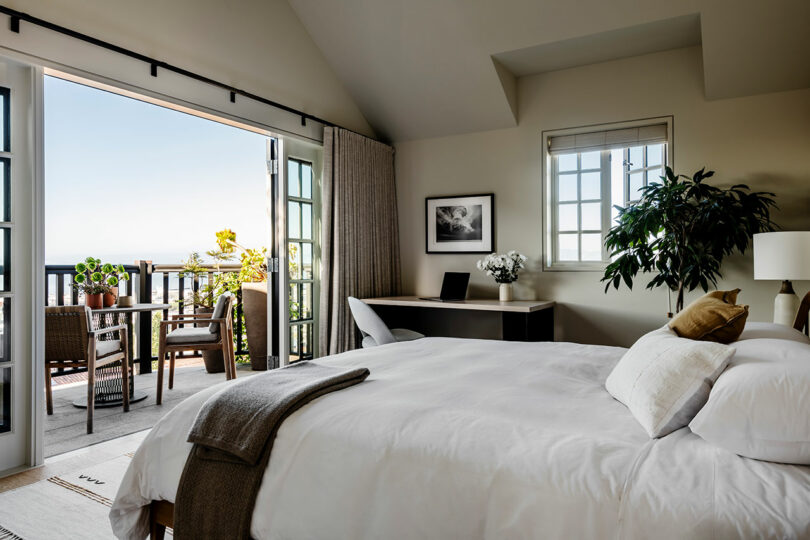
Design informed by logic and history prevails over what could have been decor by kitsch and clutter, effectively transforming this San Francisco residence into an evolving, living gallery. “We wanted to bring an uplifting and light attitude to the design while avoiding an overly thematic jumble of rooms. We aimed to create an assemblage of personalities, colors, textures, and pieces inspired by places around the world.”
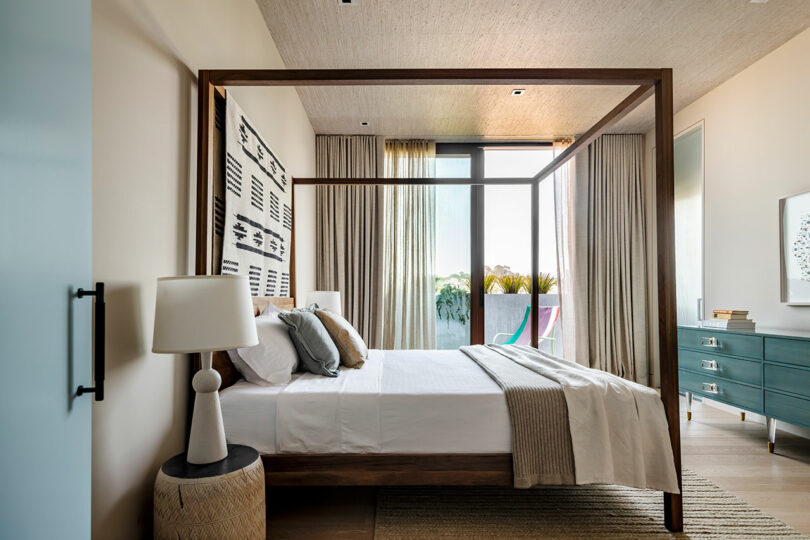
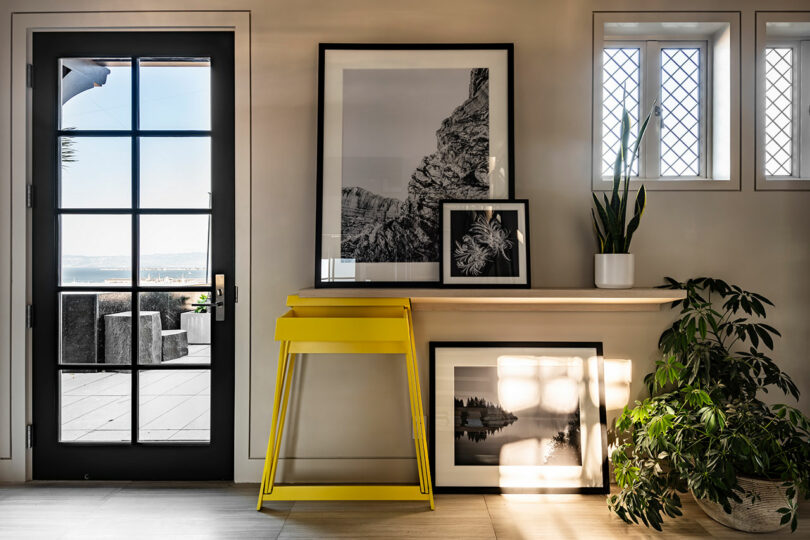
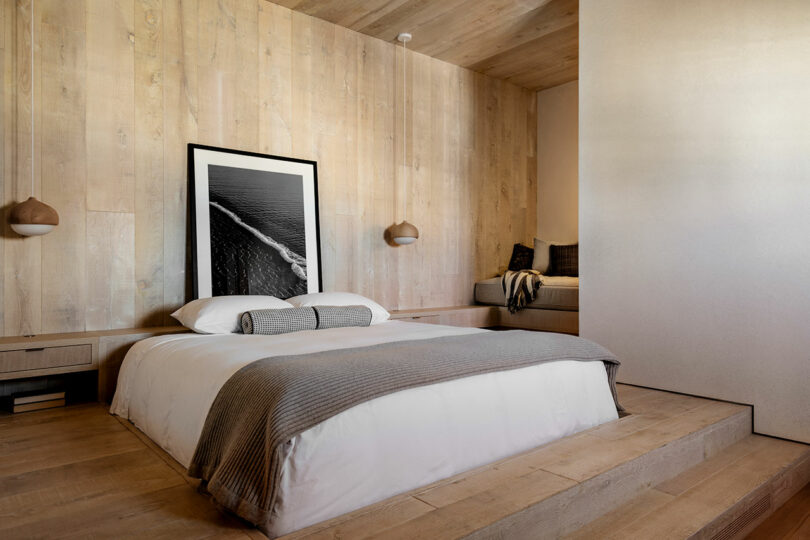
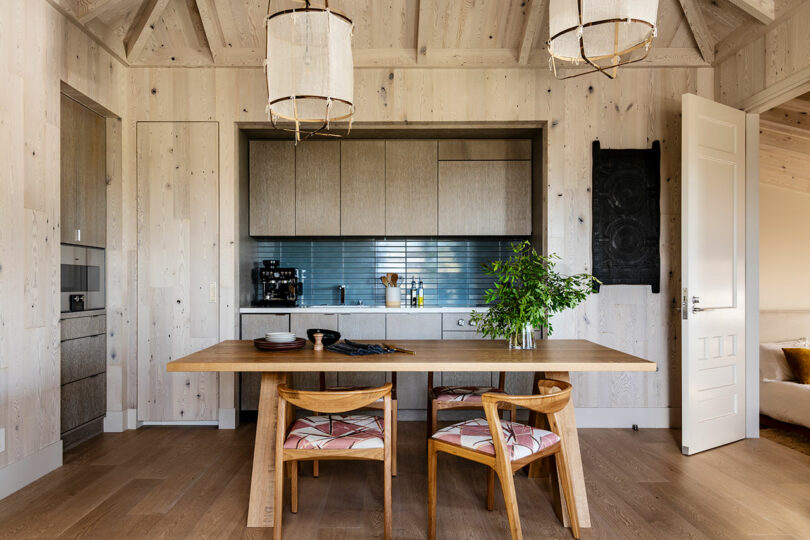
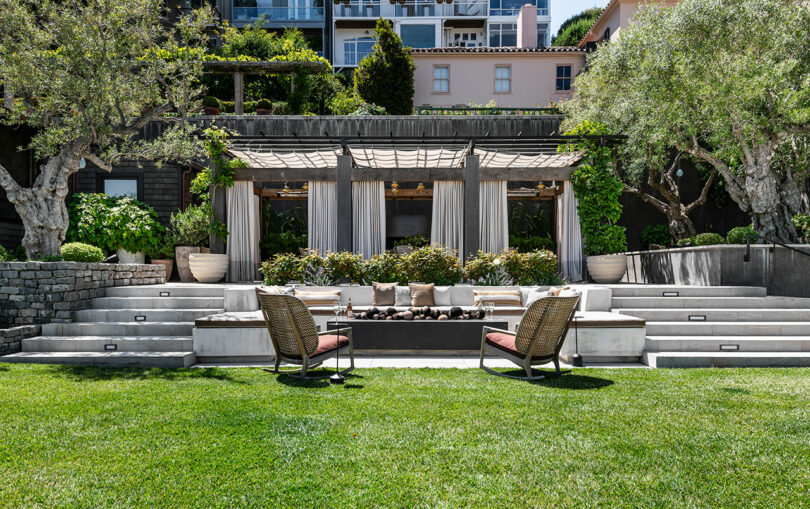
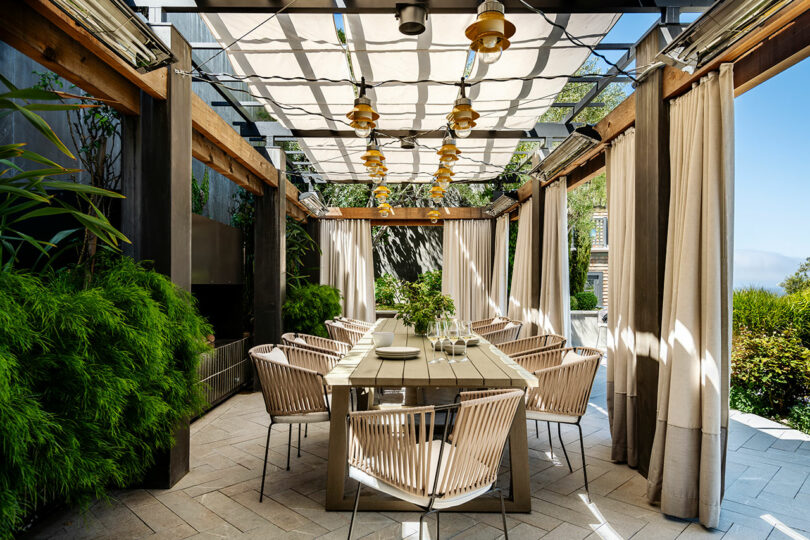
To see more of SkB Architects portfolio, visit skbarchitects.com.
Photography by Andrew Giammarco.
Production by Karine Monie.

